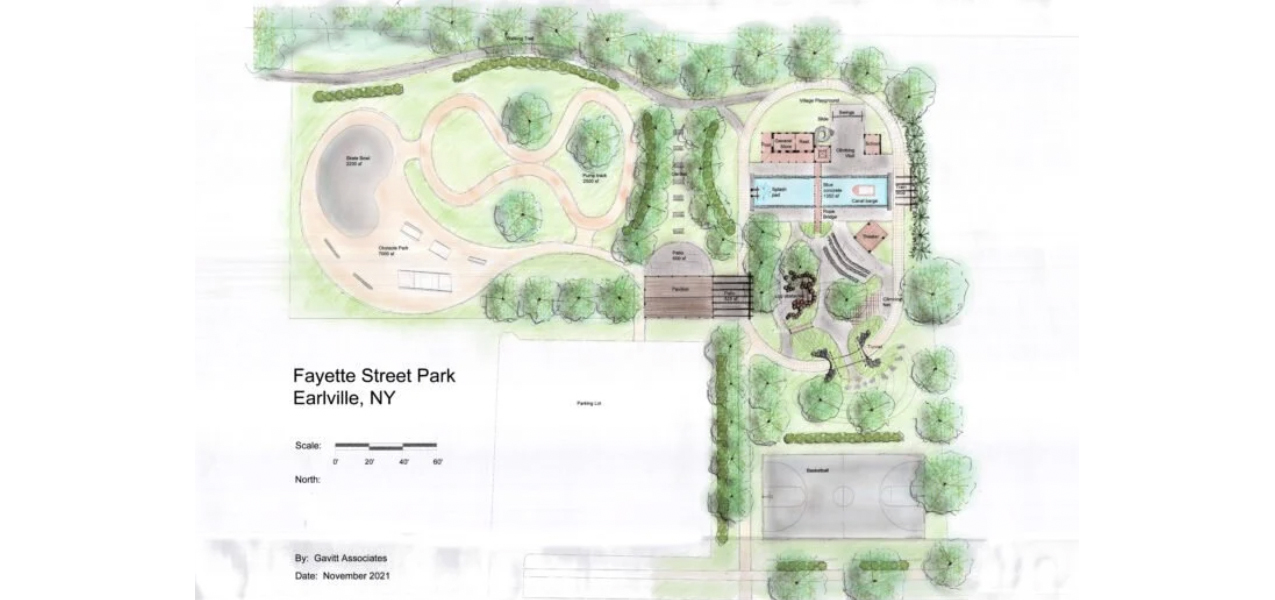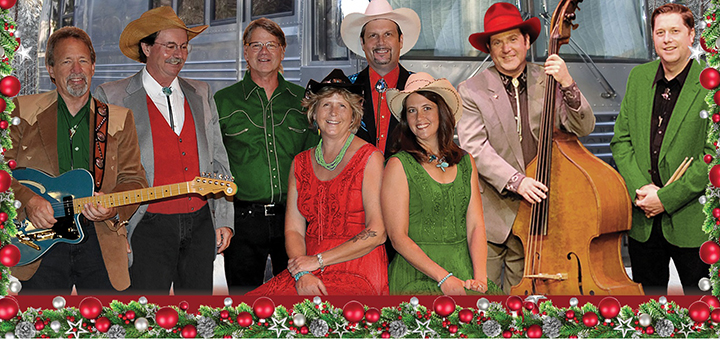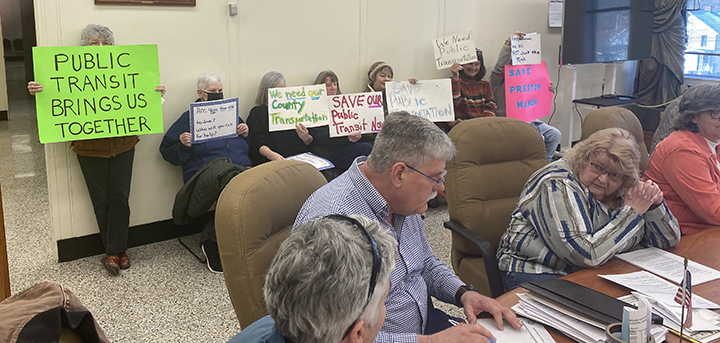Deadline looms for gas drilling regs
NORWICH – Another deadline for revising New York’s regulations for horizontal hydrofracturing of the Marcellus Shale and other tight shales could come and go.
On Monday, the state’s chief environmental regulator reportedly said he wasn’t certain whether a draft of the rules, which have been under review since July 2008, will be released on Friday. Governor Andrew Cuomo set the most recent deadline for the revised draft Supplemental Generic Environmental Impact Statement (SGEIS) last month.
When the revised draft SGEIS is publicly released, it will be subject to a public comment period of at least 30 days. After the public comment period ends, DEC will have to review all the comments and produce a final SGEIS.
“That could take a long time. Legal action will likely ensue ... . That could continue the de facto moratorium. For all these reasons, horizontal hydrofracturing of tight shales is not likely to happen any time soon in New York,” said Walter Hang, president of Toxics Targeting in Ithaca. Hang is the author of a report on oil and gas spills in New York over the past 30 years and a speaker at anti-drilling events across the state.
Hydraulic fracturing requires high volumes of water mixed with varying formulas of sand, soap and chemicals to release natural gas from tight shale formations. It is not to be mistaken with the low water level natural gas drilling that is currently underway in sandstone formations in Chenango County.










Comments